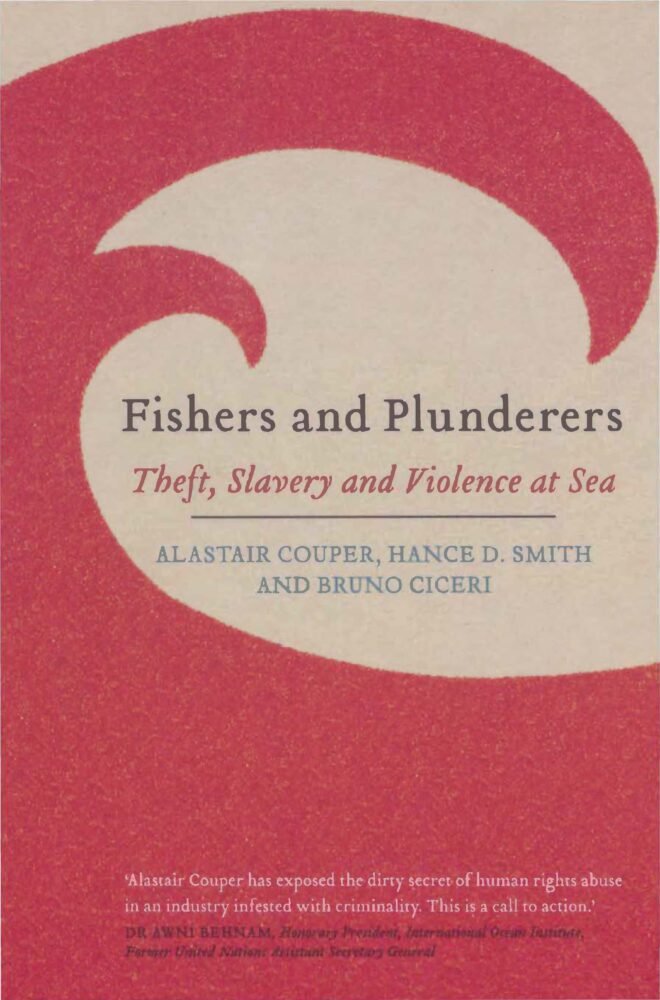FISHERS AND PLUNDERERS
Biblioteca Digitale » FISHERS AND PLUNDERERS
What Walter Scott said in 1816 stili rings true two centuries later. The main purpose of this book is to raise concerns about the deaths, dangers and deplorable conditions experienced by fishers who earn a living from the sea, and also about che communities that depend on them. This chapter provides a perspective on the book as a whole and its thematic sections.
There are 16.5 million fishers engaged globally, hunting for and landing some 90 million tonnes of fish each year. Toey comprise a vast dìversity of national, ethnic and cultura) participants in a fleet of over 4 million different types of crafi. with equally diverse gears. 1he largest group are the 15 million small-scale fishers (SSF). 1 They work out of thousands of coastal communities on a day-Lo-day basis on boats less than 10 m in length.
Contents
VII – List of figures, Tables and Plates
X- List of Acronyms and abbreviations
XIII – Acknowledgements
XV – Foreword by Deirdre Fitzpatrick, Seafarers’ Rights International
1 – Introduction
2 – Fishers and Plunderers
5 – Part I The Fishing Industry and the Race to Fish
6 – Part II The Plight of the fishers
8 – Sources of Data
9 – Part I The Fishing lndustry and the Race to Fish
11 – Fish, gear and boats
11 – lntroduction
11 – Marine Life and the Ocean Environment
15 – The Resources of fish
16 – Fishing Technology: Gears and Vessels
21 – The Environmental lmpacts of Fishing
25 – The State of the Stocks
27 – Conclusion
30 – The Risks of Working at Sea
30 – lntroduction
30 – The Risks of Working at Sea
33 – Small-Scale Fisheries
35 – Main Commerciai and Distant-Water Fìsheries
39 – Occupational Health
41 – Conclusion
43 – Nation States’ Rights to Fish
43 – lntroduction
46 – The Dominance of the Distant-Water Fishing Nations
46 – Advantages to the Developed States
49 – Transnational Mergers and Subsidies
50 – The Fisheries Policy of the European Union
55 – Conclusion
57 – Employment and Poverty in Fishing Communities
57 – Introduction
59 – Industrial Fishing in Developed Countries
60 – Industrial Fishing and Employment in Distant Waters Small-Scale Fishers
61 – Neglect and Poverty in the Small-Scale Fishing Communiunities of the Philippines
65 – Resistance by Small-Scale Fishers
67 – Alternative Policies to Create Employment for Local People
77 – Conclusion
78 – Destruction and Theft of Fish Stocks
78 – lntroduction
79 – Ilegal, Unreported and Unregulated Practices
82 – Theft of Fish from Small-Scale Coastal fishing Communities
93 – Conclusions, Actions and Deterrence
95 – Laundering and Marketing Stolen Fish
95 – Introduction
95 – Invisible Fleets and Disguised Species
98 – Ports of Convenience
100 – Laundering Ilegal Landings at Legitimate Ports
101 – Flags of Convenience
102 – Conclusions
105 – Part II The Plight of The Fishers
107 – Arrest of Fishers
107 – Introduction
108 – Pacific North-West and Pacific Western Central
115 – West and East Indian Ocean
116 – The Political Dimensions
118 – Conclusions
121 – Geetting a Crew by Dubious Contracting and Slave Trafficking
121 – Introduction
123 – Verbal Agreements
124 – Written Agreements
125 – Regional Patterns
133 – Conclusions
134 – Appendix: Evidence of Duplicity and Unfair Contracts
138 – Abuses and Slavery at Sea
138 – Introduction
139 – Joining the ship
140 – The Experience of Abandonment
141 – Child Abuse in Fishing
142 – Abuse of Migrant Fishers In New Zealand
143- Migrant Workers on Scottish Fishing Vessels
145 – Home Region Fishers in the Philippines and lndonesia
147 – Conclusions
147 – Appendix: Evidence of Abuse and Slavery
163 – Escape from Hell
163 – lntroduction
163 – Desertions
164 – Strikes
168 – Mutinies and Murders
172 – Tue Skippers
172 – Conclusion
174 – Fishing Vessels and the Drugs Trade
174 – lntroduction
174 – Markets, Producers and Organisation
177 – Ocean Voyages and Transhipment
186 – The Involvement of Fishing Vessels and Fishers
188 – The Evolving Trade and Countermeasures
191 – Conclusion
192 – Piracy and Armed Robbery
192 – Introduction
194 – South-East Asia
196 – East Africa
200 – Tue Seychelles
200 – West Africa
200 – Conclusions and Legai Issues
210 – Conclusion: Problems and Prospects
235 – Notes
253 – Index

